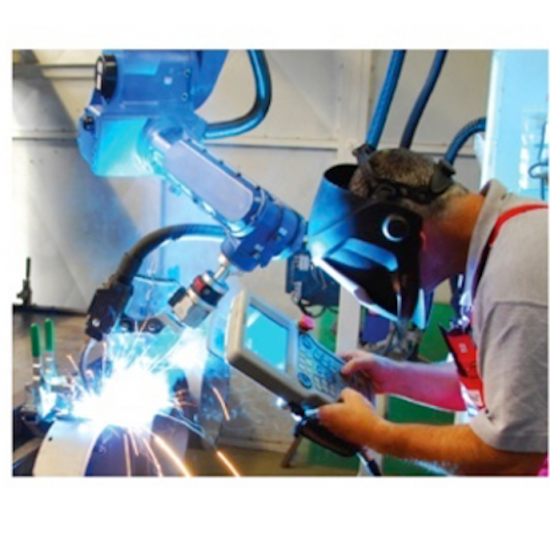Development of Human-Robot Interaction and Collaboration Systems
Study at a Glance
Development of Human-Robot Interaction and Collaboration Systems Using Augmented Reality and Deep Learning
As innovative technology and its applications are growing rapidly, humans’ tasks and roles have changed and become diverse in the human-technology interaction. This project seeks to understand both human cognitive skills (e.g., attention, memory, learning, problem-solving) and limitations (e.g., human error) to explore how humans interact with user interfaces using gesture, speech, eye glance, multi-modality, virtual/augmented reality, sensor, etc.
The research team is developing a deep learning-based intelligent system that detects injury hazards that can occur while humans collaborate with robots at work. This system will use augmented reality technology to present hazard exposure information to human workers. A usability evaluation will be conducted to assess how effective the system is in reducing injury risk in human-robot collaboration.
Study Aims Heading link
This research aims to:
- Minimize workplace risk exposure in human-robot collaboration
- Identify potential risks of collaborative robots to workers via eye and motion tracking technologies.

For More Information Heading link
The study, Development of Human-Robot Interaction and Collaboration Systems Using Augmented Reality and Deep Learning, is part of the Human-in-Mind Engineering Research Lab (HiMER Lab; pronounced as [/haɪmer/ lab]) led by Dr. Heejin Jeong.
The HiMER Lab designs, implements, and evaluates emerging interactive systems from the human factors perspective to advance the well-being and the quality of life of the people.